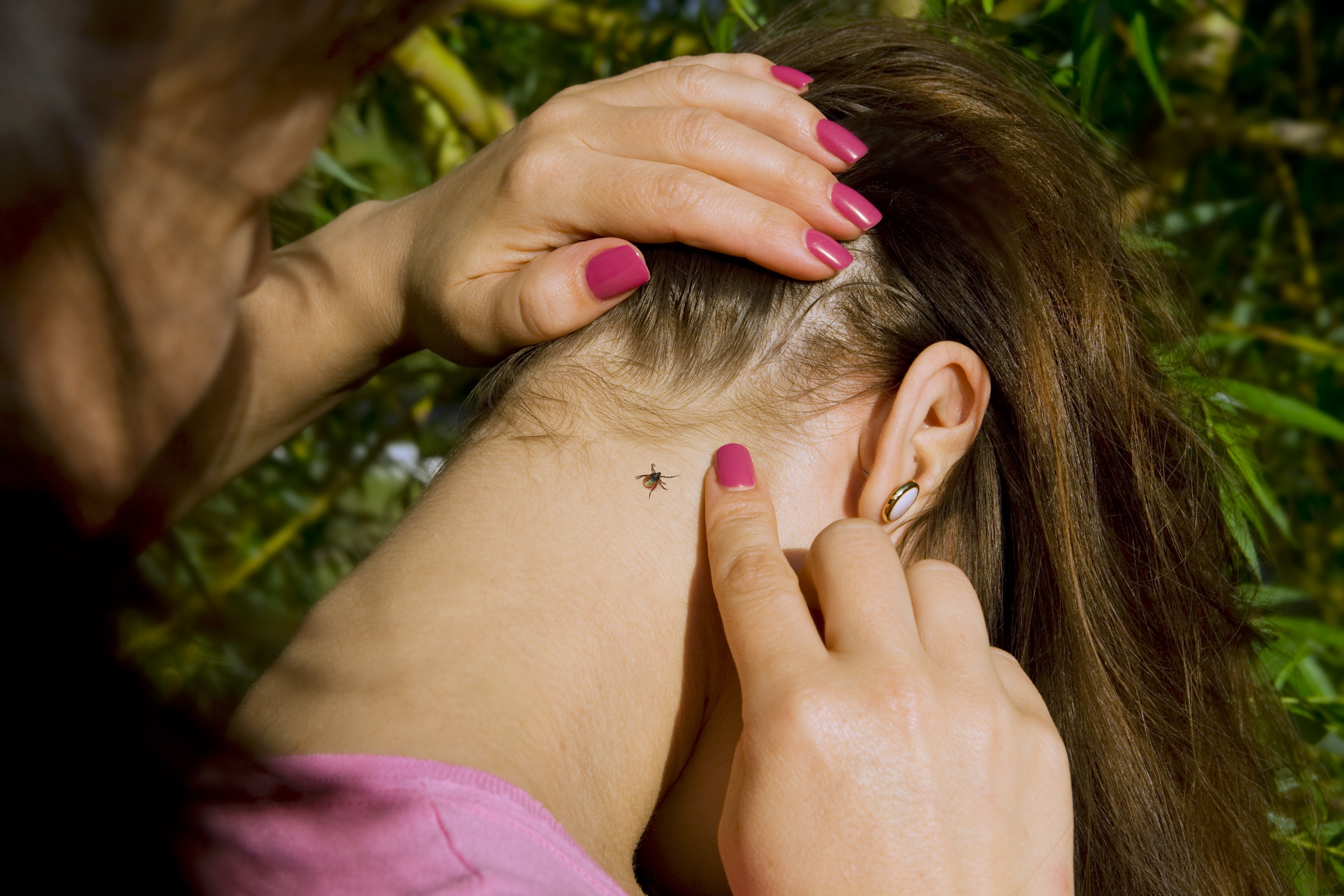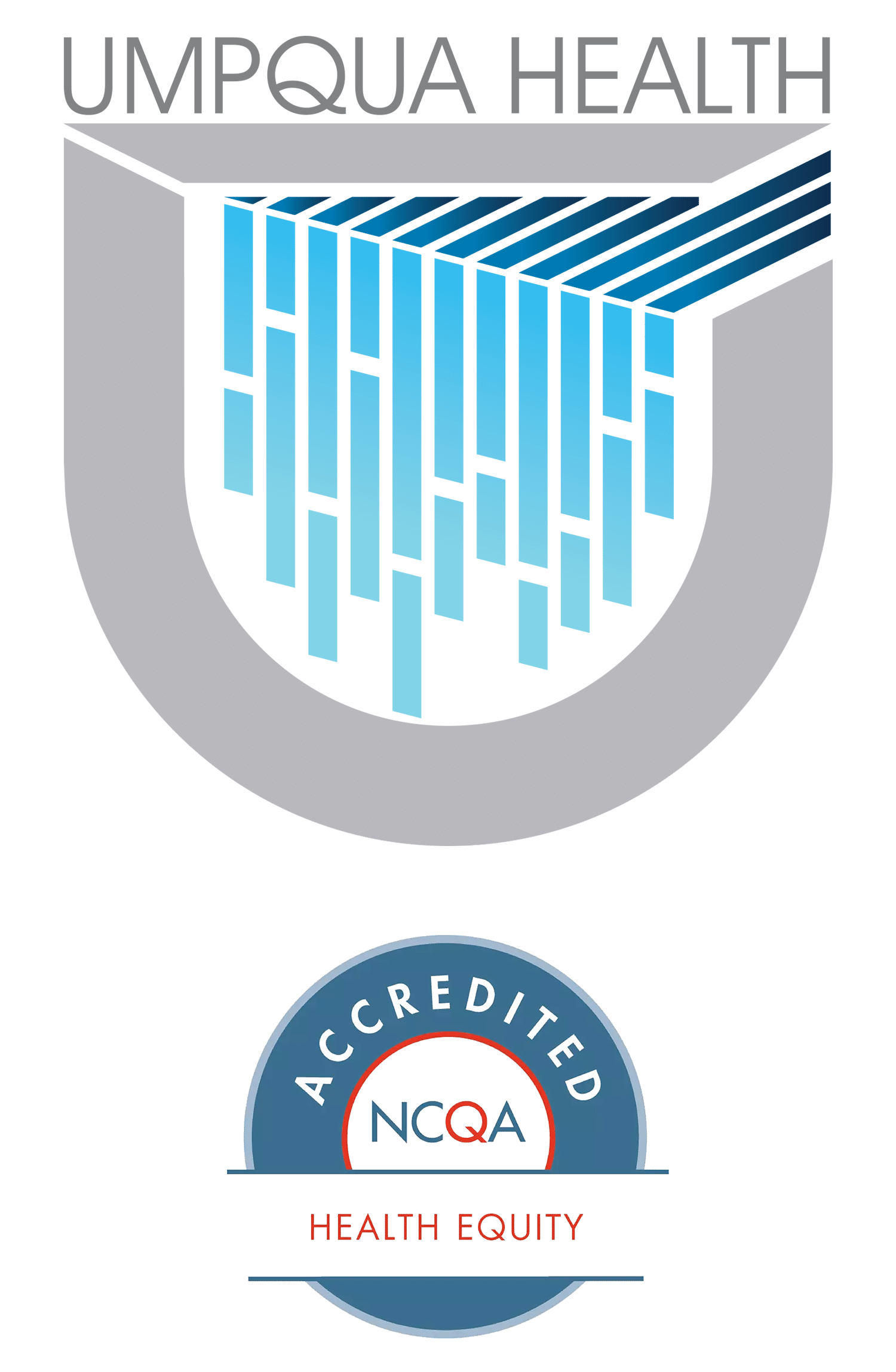Provider Newsletter June 2019
 Practice Tactics
Practice Tactics
Specialty Referrals/Testing and Who Can Request Prior Authorizations
We would like to streamline our PA process for members and providers. We have adopted the following processes to achieve that purpose:
|
In-Network Provider |
Out of Network Provider |
|
UHA does not require a PA for a member to see a specialist who is In-Network (except for Dermatology and Chiropractic) for a consultation/evaluation. (However, many specialists require that the PCP makes the referral request to their office to ensure that appropriate utilization occurs.) Once that evaluation is completed, the specialist may then order testing, referrals, imaging and procedures that s/he deems clinically necessary. The PCP does not need to make these orders or PA requests. By doing this directly, specialists can ensure the request is accurate and more timely. |
UHA does require a PA from an in-network provider for consultation to an out of network provider. However, once that evaluation is completed, the OON specialist may then request a PA for and order testing, referrals, imaging and procedures that s/he deems clinically necessary. The OON request must include a copy of the in-network provider’s evaluation to support the referral/order. The referring in-network provider (PCP or specialist) does not need to make these orders or PA requests if the evaluation is included. By doing this directly, the OON specialists can ensure the request is accurate and more timely. |
HERC removes OHP opioid tapering requirement for neck and back pain, effective October 1, 2019
The Health Evidence Review Commission (HERC) voted unanimously to remove requirements for opioid tapering from the Oregon Health Plan guidelines for neck and back pain treatment coverage. The change will be effective October 1.
Meanwhile, the HERC unanimously declined to cover treatments for the five chronic pain conditions that had been under consideration since 2017, citing a lack of evidence of clinical effectiveness for both non-pharmacologic and pharmacologic treatments for those conditions.
To learn more, read OHA’s press release.
Office Manager Meeting
UHA is hosting an upcoming meeting for office managers of specialty offices. Staff will provide training on trauma informed care, as well as motivational interviewing.
When: Thursday, June 13th from 12-1
Where: Umpqua Health – Newton Creek, 3031 NE Stephens St.
For more information, contact Karen Wright.
 Clinical Corner
Clinical Corner
In lieu of a clinical topic this month, UHA would like to remind PCPs of the many Practice Tactics that we’ve discussed in the last year.
Top Ten Errors by PCPs in ordering Prior Authorization Requests
- Ordering PAs at request of specialists; these should be entered by the specialists themselves to ensure accuracy and timeliness.
- Ordering a facility based sleep study when a home sleep study is appropriate.
- Ordering overnight oximetry as a preliminary study for presumed Obstructive Sleep Apnea. For adults, this is just 1 of the 3-4 channels obtained by a home sleep study. For children, a Pediatric Sleep Questionnaire is >80% accurate in confirming OSA responsive to Tonsillectomy with Adenoidectomy.
- Ordering a referral to a specialist (Dermatology and Chiropractic most common) based on a telephone call from patient; a visit with examination should be performed to verify and document need for the referral.
- Ordering more than a single visit to chiropractic/acupuncture/Physical Therapy; as part of the prior authorization, UHA will assign the number and types of therapies approved for that condition. Subsequent requests will come from that specialty for the patient.
- Requesting Physical Therapy and Chiropractic at the same time for the same condition.
- Referral to Dermatology for “Below the Line” (unfunded) conditions. Most of these conditions can be treated by the PCP and will be covered as part of an office E&M.
- Ordering an MRI of the Lumbar or Cervical spine for a patient without documentation of a History and Examination that supports the criteria outlined in Diagnostic D4 and D11, respectively.
- Requesting glucose test strips for testing more than once daily in a patient with Type II Diabetes that is not being treated with short acting insulin and no documentation of hypoglycemia episodes.
- Ordering the maximal number of adult diapers (200/month) without documenting the reason/type of incontinence and actual number used per day.
 On the Lookout
On the Lookout
It is always exciting to look forward to summer fun. We want to give you tips to share with your patients so that they can enjoy it more and avoid summer bummers. We are talking about protecting your skin from the sun’s ultraviolet (UV) rays and avoiding disease-carrying insects: ticks and mosquitoes.
Protecting your skin from the sun
- Skin cancer is the most common cancer in the United States and includes different types.
- Unprotected skin can be damaged by the sun’s UV rays in as little as 15 minutes.
- Even if it’s cool and cloudy, you still need protection. UV rays, not the temperature, do the damage.
- Anyone can get skin cancer, but some things put you at higher risk.
- The most common signs of skin cancer are changes on your skin, such as a new growth, a sore that doesn’t heal, or a change in a mole.
Here’s an easy tip to help make sure you and your family stay sun-safe. Get ready for summer with a tote bag full of different ways to protect your skin. Keep the tote bag handy so you can grab it whenever you head out for summer fun!
Some important things to pack—
- A lightweight long-sleeved shirt or cover-up.
- A hat with a wide brim that shades your face, head, ears, and neck.
- Sunglasses that block both UVA and UVB rays.
- Sunscreen with SPF 15 or higher and both UVA and UVB (broad spectrum) protection.
More Sun Safety Tips
- Stay in the shade, especially during late morning through mid-afternoon.
- Can’t stay in the shade? Wear a long-sleeved shirt and pants to protect your skin.
- Remember to reapply sunscreen at least every 2 hours and after swimming, sweating, or toweling off.
Protecting yourself from ticks
Tick exposure can occur year-round, but ticks are most active during warmer months (April-September). Know which ticks are most common in your area.
Before You Go Outdoors-
- Know where to expect ticks. Ticks live in grassy, brushy, or wooded areas, or even on animals. Spending time outside walking your dog, camping, gardening, or hunting could bring you in close contact with ticks. Many people get ticks in their own yard or neighborhood.
- Treat clothing and gear with products containing 0.5% permethrin. Permethrin can be used to treat boots, clothing and camping gear and remain protective through several washings. Alternatively, you can buy permethrin-treated clothing and gear.
- Use Environmental Protection Agency (EPA)-registered insect repellents containing DEET, picaridin, IR3535, Oil of Lemon Eucalyptus (OLE), para-menthane-diol (PMD), or 2-undecanone. EPA’s helpful search tool can help you find the product that best suits your needs. Always follow product instructions.
- Do not use insect repellent on babies younger than 2 months old.
- Do not use products containing OLE or PMD on children under 3 years old.
 Avoid Contact with Ticks-
Avoid Contact with Ticks-
-
- Avoid wooded and brushy areas with high grass and leaf litter.
- Walk in the center of trails.
After You Come Indoors-
Check your clothing for ticks. Ticks may be carried into the house on clothing. Any ticks that are found should be removed. Tumble dry clothes in a dryer on high heat for 10 minutes to kill ticks on dry clothing after you come indoors. If the clothes are damp, additional time may be needed. If the clothes require washing first, hot water is recommended. Cold and medium temperature water will not kill ticks.
- Examine gear and pets. Ticks can ride into the home on clothing and pets, then attach to a person later, so carefully examine pets, coats, and daypacks.
- Shower soon after being outdoors. Showering within two hours of coming indoors has been shown to reduce your risk of getting Lyme disease and may be effective in reducing the risk of other tickborne diseases. Showering may help wash off unattached ticks and it is a good opportunity to do a tick check.
Check your body for ticks after being outdoors. Conduct a full body check upon return from potentially tick-infested areas, including your own backyard. Use a hand-held or full-length mirror to view all parts of your body. Check these parts of your body and your child’s body for ticks:
- Under the arms
- In and around the ears
- Inside belly button
- Back of the knees
- In and around the hair
- Between the legs
- Around the waist
Protecting yourself from mosquitoes
Use Insect Repellent
Use Environmental Protection Agency (EPA)-registered insect repellents with one of the active ingredients below. When used as directed, EPA-registered insect repellents are proven safe and effective, even for pregnant and breastfeeding women.
- DEET
- Picaridin (known as KBR 3023 and icaridin outside the US)
- IR3535
- Oil of lemon eucalyptus (OLE)
- Para-menthane-diol (PMD)
- 2-undecanone
Find the right insect repellent for you by using EPA’s search tool
Tips for babies and children
- Always follow instructions when applying insect repellent to children.
- Do not use insect repellent on babies younger than 2 months old.
- Instead, dress your child in clothing that covers arms and legs.
- Cover strollers and baby carriers with mosquito netting.
- Do not use products containing oil of lemon eucalyptus (OLE) or para-menthane-diol (PMD) on children under 3 years old.
- Do not apply insect repellent to a child’s hands, eyes, mouth, cuts, or irritated skin.
- Adults: Spray insect repellent onto your hands and then apply to a child’s face.
Tips for Everyone
- Always follow the product label instructions.
- Reapply insect repellent as directed.
- Do not spray repellent on the skin under clothing.
- If you are also using sunscreen, apply sunscreen first and insect repellent second.
Natural insect repellents (repellents not registered with EPA)
- We do not know the effectiveness of non-EPA registered insect repellents, including some natural repellents.
- To protect yourself against diseases spread by mosquitoes, CDC and EPA recommend using an EPA-registered insect repellent.
- Choosing an EPA-registered repellent ensures the EPA has evaluated the product for effectiveness.
- Visit the EPA website to learn more.
- Wear long-sleeved shirts and long pants
- Use permethrin to treat clothing and gear (such as boots, pants, socks, and tents) or buy permethrin-treated clothing and gear.
- Permethrin is an insecticide that kills or repels mosquitoes.
- Permethrin-treated clothing provides protection after multiple washings.
- Read product information to find out how long the protection will last.
If treating items yourself, follow the product instructions.
- Do not use permethrin products directly on skin.
Take steps to control mosquitoes indoors and outdoors
- Use screens on windows and doors. Repair holes in screens to keep mosquitoes outdoors.
- Use air conditioning, if available.
- Stop mosquitoes from laying eggs in or near water.
- Once a week, empty and scrub, turn over, cover, or throw out items that hold water, such as tires, buckets, planters, toys, pools, birdbaths, flowerpots, or trash containers.
- Check indoors and outdoors.
Prevent mosquito bites when traveling overseas
- Choose a hotel or lodging with air conditioning or screens on windows and doors.
- Sleep under a mosquito bed net if you are outside or in a room that does not have screens.
- Buy a bed net at your local outdoor store or online before traveling overseas.
- Choose a WHOPES-approved bed net: compact, white, rectangular, with 156 holes per square inch, and long enough to tuck under the mattress.
- Permethrin-treated bed nets provide more protection than untreated nets.
- Do not wash bed nets or expose them to sunlight. This will break down the insecticide more quickly.
- For more information on bed nets, visit CDC’s page on insecticide-treated bed nets.
- For more information on traveling overseas, visit Travelers’ Health.
 Information in this section is provided by Douglas Public Health Network. If you have any questions about the content, please contact the DPHN office at (541) 440-3571.
Information in this section is provided by Douglas Public Health Network. If you have any questions about the content, please contact the DPHN office at (541) 440-3571.
 CME for Thee
CME for Thee
Webinar: Controlling high blood pressure (with no-cost CME)
The Transformation Center invites clinicians who serve Oregonians to a recorded free CME-accredited webinar focused on controlling high blood pressure. The webinar features Dr. Mark Backus, a Bend physician who was named a hypertension control champion by the Centers for Disease Control and Prevention Million Hearts® campaign.
- When: Available on demand through September 20, 2019.
- Webinar registration (includes pre-test questions for CME): Click here
- More details: Click here
No-cost, CME-accredited online tobacco cessation counseling training
- What: Tobacco cessation counseling online training for all types of providers and care team members. This training is a self-paced, online training that focuses on the Brief Tobacco Intervention and Motivational Interviewing techniques.
- When: Available now. The training takes approximately 45 minutes. This self-paced course can be started, paused and resumed later as needed.
- CMEs: This training has been reviewed and is accepted for up to 1.0 prescribed credit from the American Academy of Family Physicians (AAFP). For other licensing boards that may not pre-approve continuing education credits (for example, the Board of Licensed Professional Counselors and Therapists), please submit the certificate of participation to your accrediting body.
Access the training here



